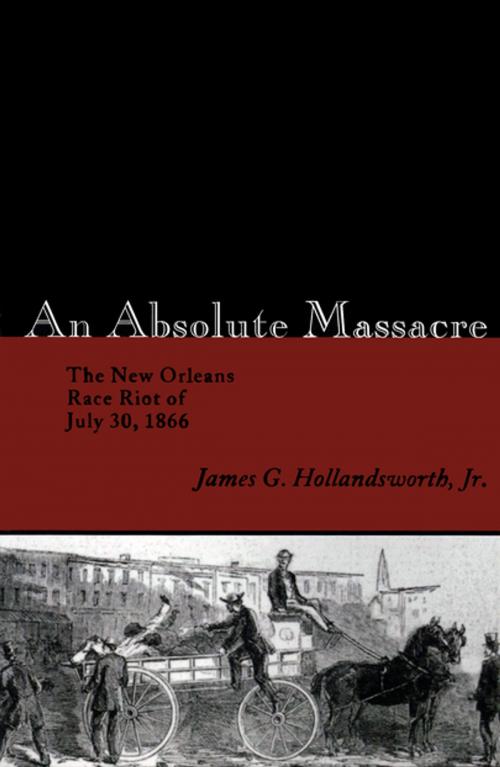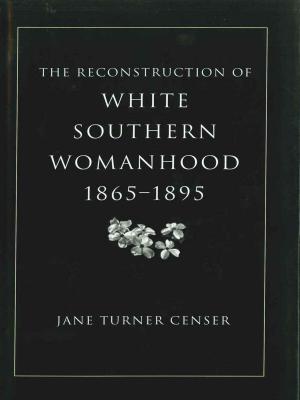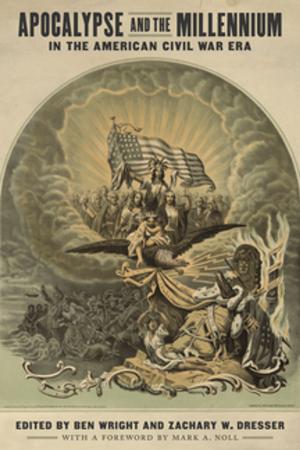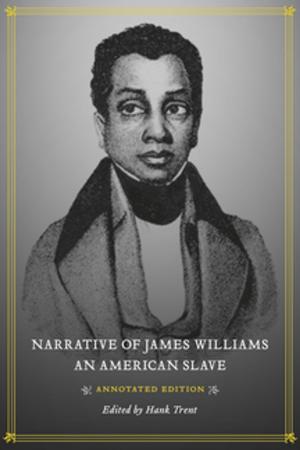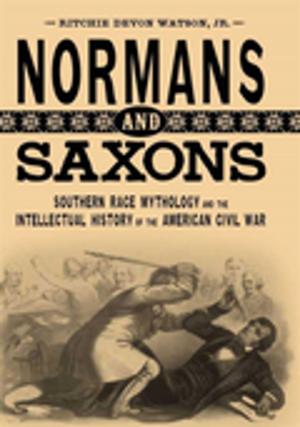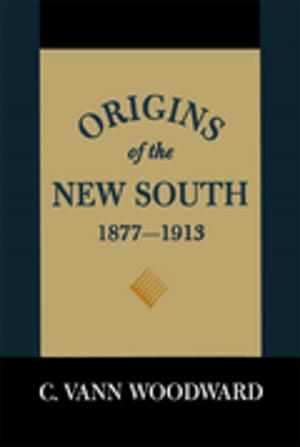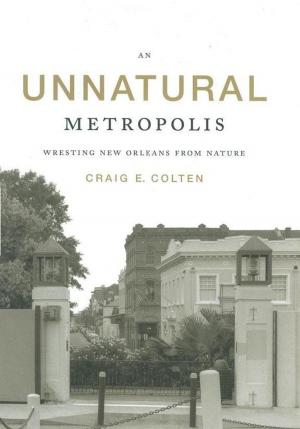An Absolute Massacre
The New Orleans Race Riot of July 30, 1866
Nonfiction, History, Americas, United States, State & Local, Civil War Period (1850-1877)| Author: | James G. Hollandsworth, Jr. | ISBN: | 9780807151310 |
| Publisher: | LSU Press | Publication: | October 1, 2004 |
| Imprint: | LSU Press | Language: | English |
| Author: | James G. Hollandsworth, Jr. |
| ISBN: | 9780807151310 |
| Publisher: | LSU Press |
| Publication: | October 1, 2004 |
| Imprint: | LSU Press |
| Language: | English |
In the summer of 1866, racial tensions ran high in Louisiana as a constitutional convention considered disenfranchising former Confederates and enfranchising blacks. On July 30, a procession of black suffrage supporters pushed through an angry throng of hostile whites. Words were exchanged, shots rang out, and within minutes a riot erupted with unrestrained fury. When it was over, at least forty-eight men -- an overwhelming majority of them black -- lay dead and more than two hundred had been wounded. In An Absolute Massacre, James G. Hollandsworth, Jr., examines the events surrounding the confrontation and offers a compelling look at the racial tinderbox that was the post-Civil War South.
In the summer of 1866, racial tensions ran high in Louisiana as a constitutional convention considered disenfranchising former Confederates and enfranchising blacks. On July 30, a procession of black suffrage supporters pushed through an angry throng of hostile whites. Words were exchanged, shots rang out, and within minutes a riot erupted with unrestrained fury. When it was over, at least forty-eight men -- an overwhelming majority of them black -- lay dead and more than two hundred had been wounded. In An Absolute Massacre, James G. Hollandsworth, Jr., examines the events surrounding the confrontation and offers a compelling look at the racial tinderbox that was the post-Civil War South.
